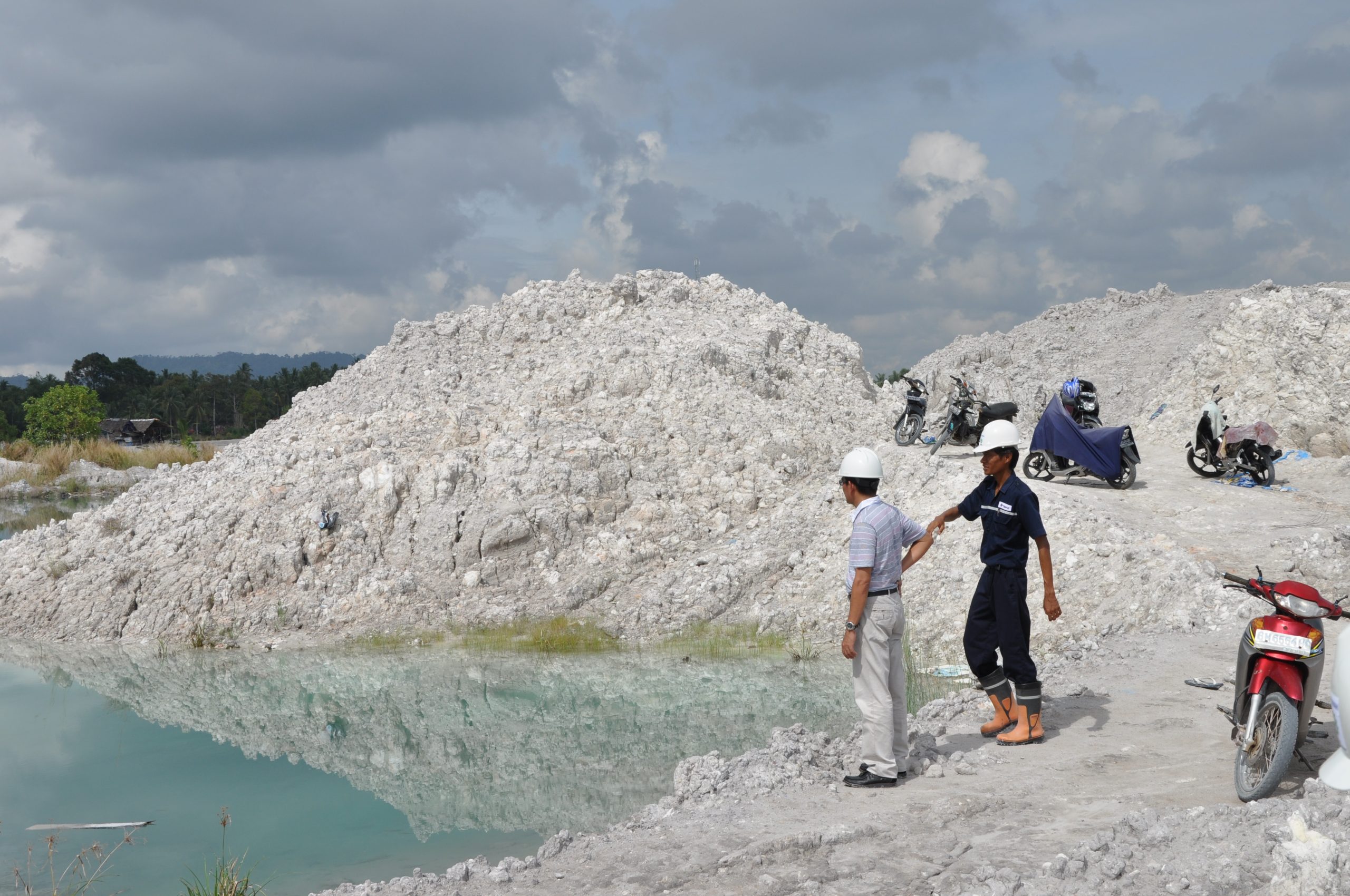Andrew Thaler for the Deep-sea Mining Observer
Of all the metals held up as essential to the renewable energy revolution, perhaps none is as under-appreciated as tin. Tin’s high conductivity, low melting point, high specific gravity, low toxicity, and relative abundance makes it an essential component of modern electronics. In the early 2000s, electronics manufacturers and suppliers transitioned away from leaded to lead-free solders, with higher tin concentrations. As lead-free solders came to dominate the market, the demand for tin production surged. From smartphones to electric vehicles to offshore wind turbines, tin finds its way into the circuit boards of every conceivable consumer and industrial electronic. A typical smartphone contains about 7 grams of tin.
At 80,000 tons annually, Indonesia is the second largest tin producer in the world, just barely behind China’s 85,000 tons. Tin mined in Indonesia and throughout the world is predominantly used in solders, both for electronics as well as for plumbing and other structural solders.
Like nearly all metals, the mining of tin creates both environmental and human rights conflicts.
Indonesia is running out of land-based tin. PT Timah, Indonesia’s largest mining company estimates that it has a little more than 16,000 tons of terrestrial tin left in reserve. But this metal-rich country is floating on a massive deposit of cassiterite, the major tin-bearing ore. The company estimates that another 265,000 tons of tin remain buried beneath Indonesia’s sea floor. Accessing that tin, however, creates a host of new challenges.
Tin is mined, at least on land, largely by hand. With pickaxes and buckets, men scrape the ore out of the ground. Massive holes pockmark the islands of Bangka and Belitung, where 90% of Indonesia’s tin is produced. The risk of landslides increases with the ever widening and deepening holes.
The safety issues alone could have prompted industry to move offshore, but with orders of magnitude more ore in the seafloor and dwindling surface deposits, that transition is inevitable.
Even offshore, tin mining in Indonesia is a dangerous and largely artisanal affair. Small vessels sail into deep water to pump a slurry of sand and ore onto the deck, where the tin ore is sorted from the sand by hand. But that may soon change. PT Timah has invested in larger bucket wheel dredgers that can process more sand, faster.
Offshore mining for tin ore may put local fisheries at risk, produce massive plumes, and place workers in unsafe and possibly deadly conditions. Currently, the Friends of The Earth, an environmental NGO who, along with other NGOs, successfully sued Royal Dutch Shell, forcing the oil giant to commit to reduce its emissions by 45% by 2030, have begun pushing smartphone companies to change their tin supply lines or demand improvements to Indonesian tin production. One of the few communities in Bangka that has successfully avoided tin mining thus far, now faces the threat of offshore tin mining in their traditional fishing grounds.
While traditional mining still bears the scars of several centuries of colonialism and environmental exploitation, deep-sea mining has the rare potential for a clean slate. Its position as a support industry for renewable energy development lends credibility to corporate claims that deep-sea mining could result in a net positive impact for the global environment. But that reputation, and that potential legacy, hinges on the next few years, the finalized mining code, and, ultimately, how closely mining contractors adhere to the promise of environmentally responsible exploitation of the deep seafloor once commercial production begins. Learning from the missteps of its shallow water counterparts can help guide the industry in a more sustainable direction.
Featured Image: Visit of the EITI to the tin mine site in Bangka. Photographer: Anders Kråkenes.

